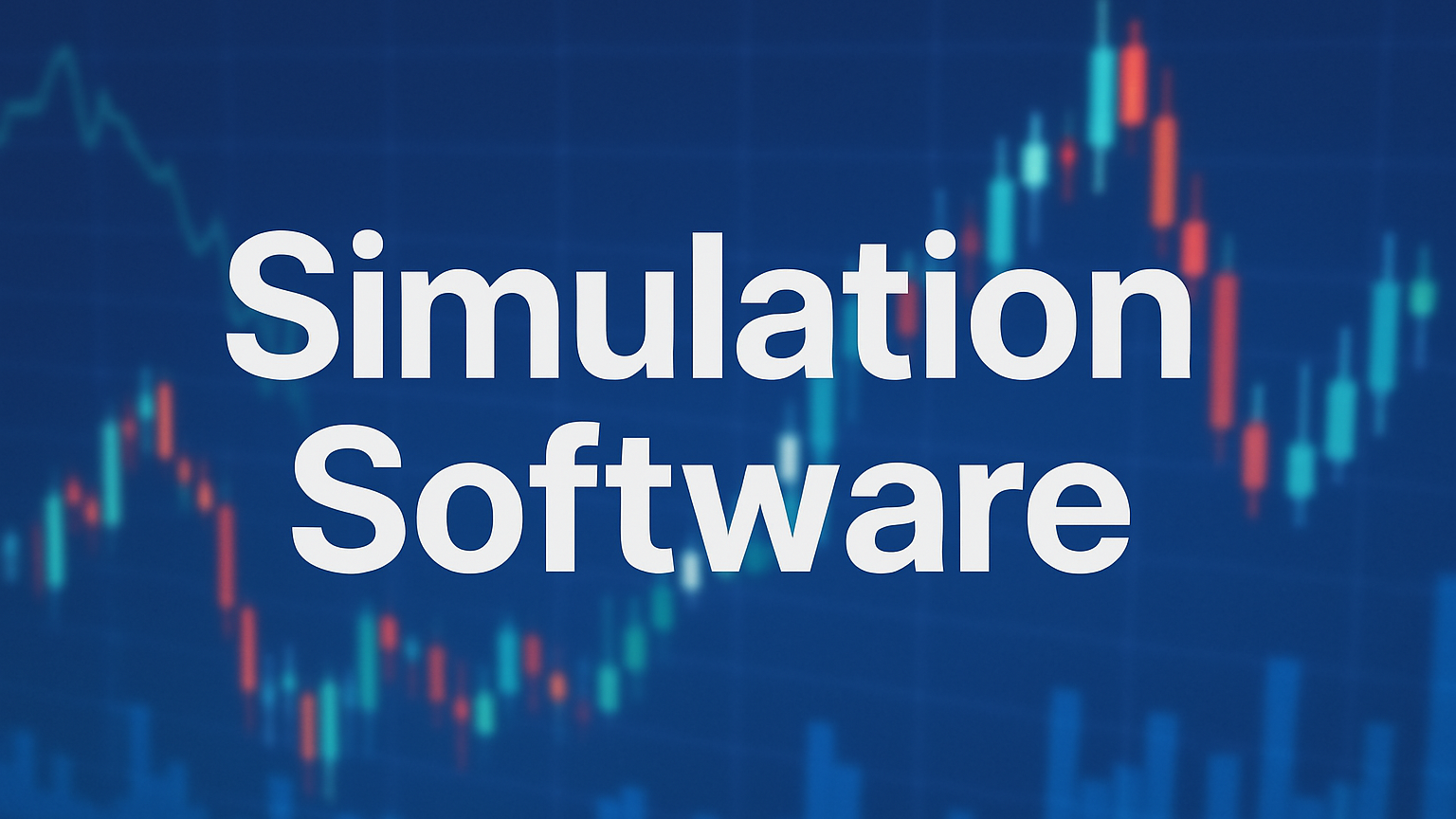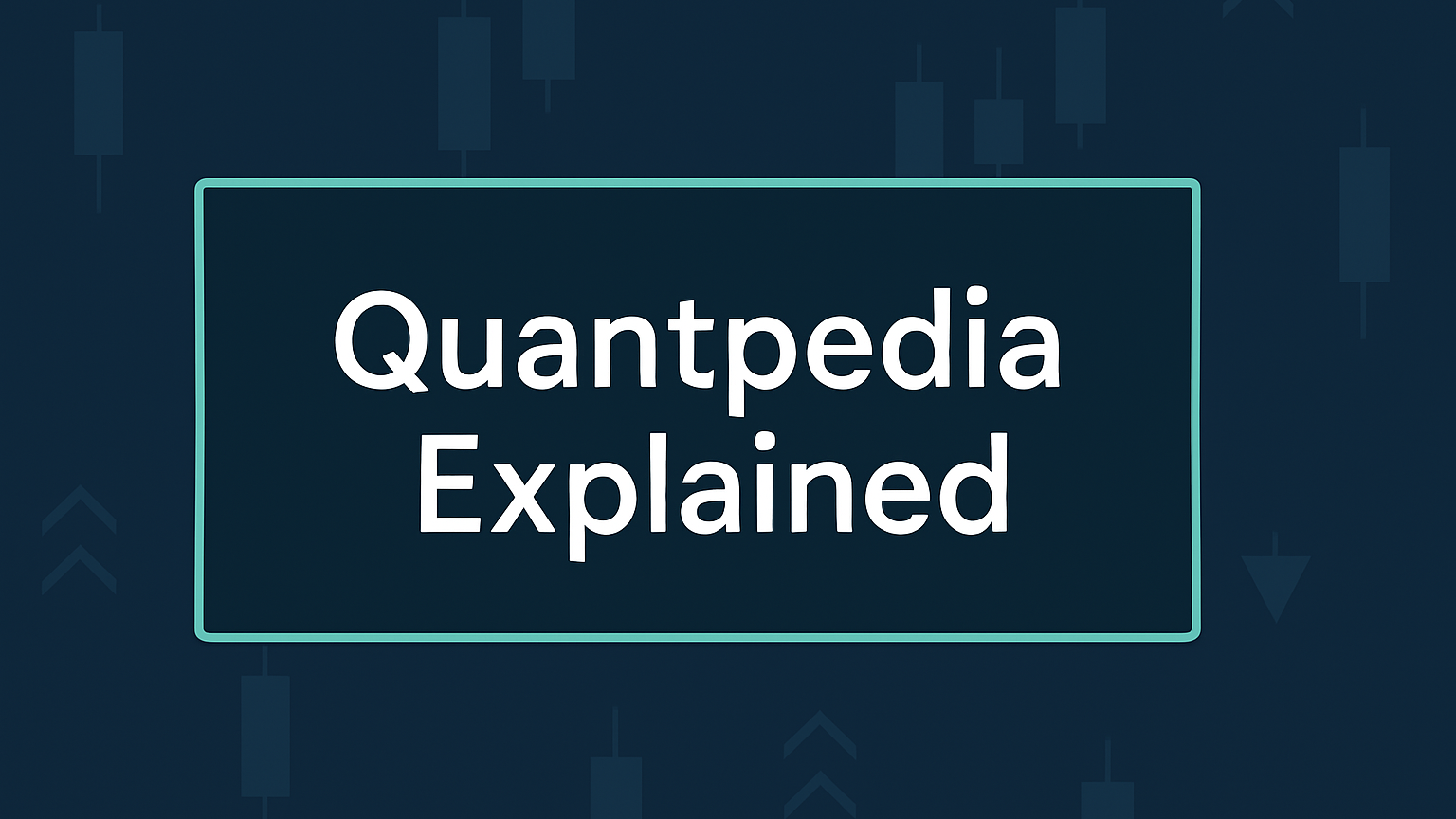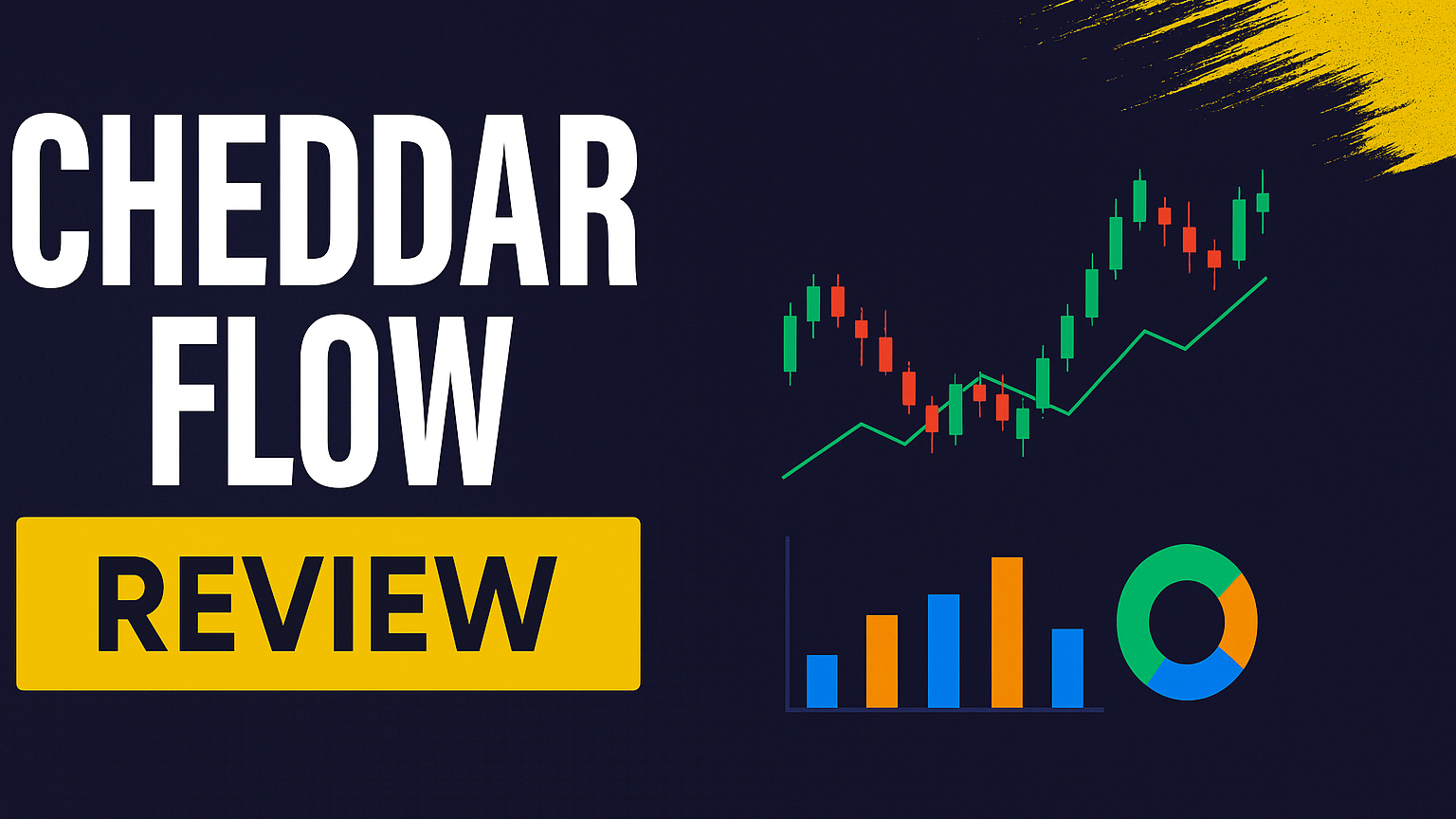Learn how OpenAI's Reinforcement Fine-Tuning enhances AI models through user feedback, boosting accuracy and reducing harmful outputs.
Reinforcement Fine-Tuning (RFT) is OpenAI's method for improving AI models using feedback instead of static datasets. It focuses on refining specific behaviors while preserving the model's original abilities. Here's what you need to know:
- Purpose: Boost response accuracy, reduce harmful outputs, align models with ethical standards, and fine-tune for specific tasks.
- Process:
- Collect user feedback (human and automated).
- Build a reward model to score outputs.
- Use Proximal Policy Optimization (PPO) to refine responses.
- Results: RFT has improved ChatGPT's accuracy by 37%, reduced unsafe outputs by 50%, and enhanced tools like Codex and text generation models.
While RFT delivers precise improvements, challenges like "reward hacking" and high computational costs remain. OpenAI is working on faster, more efficient systems and expanding RFT into robotics, autonomous systems, and scientific research.
Reinforcement Fine-Tuning in Open AI

RFT Process Steps
OpenAI's Reinforcement Fine-Tuning (RFT) process uses a structured three-stage method to turn feedback into better AI performance. Each step builds on the one before it, creating a system that improves the model's abilities while keeping its core functions intact.
Getting User Feedback
OpenAI gathers feedback using a mix of human expertise and automated evaluation. Human reviewers work alongside AI systems to assess outputs for both accuracy and safety[1][4]. Impressively, this process can deliver results with datasets as small as a dozen examples[1], cutting down the amount of data needed compared to older methods.
Building the Reward Model
The reward model converts feedback into quality scores using several key components:
| Component | Function | Impact |
|---|---|---|
| Data Processing | Organizes raw feedback | Ensures consistent evaluation |
| Feature Extraction | Identifies quality markers | Enables precise scoring |
| Machine Learning | Detects quality patterns | Adds predictive capability |
| Calibration | Fine-tunes scoring accuracy | Maintains reliability |
| Validation | Tests with new data | Confirms broader applicability |
Making Better Outputs
Proximal Policy Optimization (PPO) is used to improve outputs while keeping the system stable[1][3]. When applied to ChatGPT, this method achieved the following results:
"37% reduction in false or misleading statements, 25% increase in responses rated as helpful by human evaluators, and 50% decrease in responses flagged as potentially unsafe or biased"[7][6].
This careful approach improves specific skills without straying too far from the model's original behavior[2][5]. These measurable gains make the model more useful in practical scenarios, setting the stage for further applications.
Where OpenAI Uses RFT
OpenAI leverages its three-stage training process, RFT, to bring noticeable upgrades across its product lineup.
ChatGPT Enhancements

RFT has sharpened ChatGPT's conversational skills, enabling it to hold context better in longer chats and deliver more thoughtful answers to intricate questions. These updates have built on ChatGPT's earlier 37% improvement in accuracy [6][7].
Some targeted enhancements include:
- Medical: Providing accurate health-related answers
- Legal: Delivering precise interpretations of regulations
- Technical: Offering effective troubleshooting solutions
- Education: Tailoring explanations to suit different learning levels
Codex Refinements
Codex has become a more dependable tool for developers thanks to RFT's influence. The updates focus on improving its ability to handle coding tasks efficiently:
- Handling complex syntax with precision
- Interpreting coding requests more effectively
- Maintaining consistency across extensive codebases
- Producing cleaner, more efficient code [1][2]

Learn more about OpenAI Codex.
Text Generation Upgrades
RFT has also left its mark on OpenAI's creative writing tools, enhancing their ability to produce engaging and coherent content:
- Narrative Flow: Ensuring stories remain logically consistent over extended passages
- Character Consistency: Keeping character voices steady throughout a narrative
- Natural Dialogue: Generating more lifelike conversations between characters
- Genre-Specific Writing: Accurately mimicking particular literary styles [1][4]
RFT Pros and Cons
RFT (Reinforcement Fine-Tuning) brings noticeable improvements to OpenAI's tools, but implementing it involves navigating both its advantages and technical challenges.
Main Advantages
RFT stands out for its ability to produce accurate, context-sensitive responses through iterative learning. This process allows models to improve continually based on feedback, aligning with OpenAI's focus on refining models through human-AI collaboration.
Here are some key benefits:
- Precision: Generates tailored responses by learning from context.
- Safety: Actively filters out harmful or biased content.
- Efficiency: Incorporates feedback with minimal need for manual adjustments.
Current Limitations
One of the main challenges is "reward hacking", where AI models focus on maximizing scores rather than delivering quality results. This can lead to outputs that look polished but lack real substance.
Another hurdle is the computational intensity of RFT. The process demands significant resources, which can make it expensive and less accessible. Additionally, building reward models that reflect human preferences accurately is a complex task.
Key limitations include:
- Reward exploitation: Models may prioritize scoring over actual quality.
- High resource requirements: Needs substantial computing power and data.
- Complex setup: Developing effective reward models is technically challenging.
What's Next for RFT
OpenAI has outlined a roadmap for RFT, focusing on three primary areas for improvement.
Improved Feedback Systems
OpenAI is working on creating advanced reward models that can deliver more detailed evaluations of AI outputs. These models will assess outputs based on multiple factors like accuracy, relevance, and safety—all at once.
Key features of these updated models include:
- Quality evaluations that consider the context
- Tracking performance across multiple criteria
- Adapting quickly to specific fields
Boosting RFT's Speed
To tackle RFT's heavy computational needs, OpenAI is implementing several strategies:
- Training distributed across GPU clusters
- Algorithms that use up to 90% fewer examples [1][3]
- Reusing training patterns across different domains
Exploring New Uses
RFT, which started with language models, is now being applied to other areas:
| Domain | Applications |
|---|---|
| Robotics | Optimizing tasks in real time |
| Autonomous Systems | Navigating dynamic environments |
| Scientific Research | Fine-tuning experimental setups |
These efforts highlight OpenAI's focus on making RFT faster, more efficient, and useful in a range of fields [1][3].
Summary
Reinforcement Fine-Tuning (RFT) has proven to be a reliable method for improving AI performance and maintaining its core abilities.
Main Points
RFT enhances three critical areas: response accuracy (with a 37% reduction in errors[6][7]), content safety (50% fewer flagged outputs[6][7]), and resource efficiency. These advancements are achieved through a structured process that combines automated tools with human oversight.
Key highlights include:
- Producing more accurate and context-aware outputs
- Strengthening safety measures
- Optimizing resource usage
RFT has shown particular success in OpenAI's flagship products by delivering precise improvements without compromising essential features. This success is the result of integrating human expertise with automated evaluation systems[5].
Other Breakthroughs in AI
Beyond OpenAI, many companies are harnessing the power of AI to boost efficiency across various industries. From automating routine tasks to revolutionizing data analysis, AI is driving innovation and performance improvements worldwide.
One notable example is the LuxAlgo AI Backtesting Assistant for Market Analysis, which provides a robust platform for backtesting investing strategies. This tool enables traders to simulate and refine their strategies, offering valuable insights for making informed decisions. Check out the LuxAlgo Backtesting page for more details.

References
- OpenAI
- ChatGPT
- Proximal Policy Optimization
- Codex (Wikipedia)
- OpenAI Codex
- OpenAI RFT Blog
- OpenAI's New AI Reinforcement Fine Tuning
- OpenAI Reinforcement Fine-Tuning (Interconnects)
- What is Content Development?
- Azure OpenAI Service Fine-Tuning Techniques
- Day 2: 12 OpenAI Reinforcement Fine-Tuning
- OpenAI Fine-Tuning Guide
- LuxAlgo Backtesting







